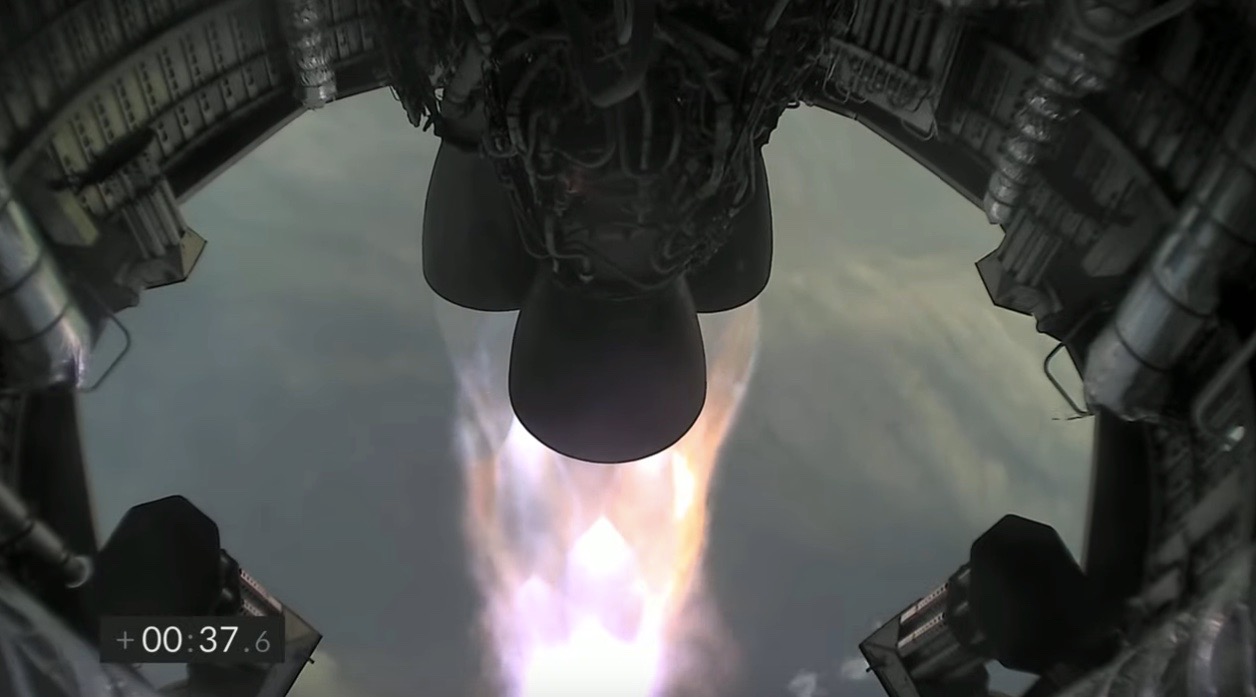SpaceX identifies cause of Starship SN11 prototype's crash

We now know why SpaceX's latest Starship prototype went up in flames last week.
The stainless-steel vehicle, known as SN11 ("Serial No. 11"), launched on a test flight last Tuesday (March 30) from SpaceX's South Texas facilities, near the Gulf Coast village of Boca Chica.
SN11 soared to a maximum altitude of 6.2 miles (10 kilometers) as planned, and the 165-foot-tall (50 meters) craft checked a number of boxes on the way down as well. But SN11 didn't stick its landing, instead exploding in a massive fireball — because of a plumbing problem, SpaceX founder and CEO Elon Musk announced today (April 5).
Video: Watch SpaceX's Starship SN11 launch on a test flight
"Ascent phase, transition to horizontal & control during free fall were good. A (relatively) small CH4 leak led to fire on engine 2 & fried part of avionics, causing hard start attempting landing burn in CH4 turbopump. This is getting fixed 6 ways to Sunday," Musk said via Twitter today.
CH4 is methane, the propellant for SpaceX's powerful, next-generation Raptor engine. And a "hard start" refers to ignition when there's too much fuel in the combustion chamber and the pressure is therefore too high — not a good thing for any engine.
SpaceX is developing Starship to take people and cargo to the moon, Mars and other distant destinations. The transportation system consists of two elements, both of which will be fully reusable: the Starship spacecraft and a giant first-stage booster called Super Heavy.
Breaking space news, the latest updates on rocket launches, skywatching events and more!
Both Starship and Super Heavy will be powered by Raptors — six for the final Starship and about 30 for the huge booster, Musk has said. SN11 sported three Raptors, as did each of its three predecessors, SN8, SN9 and SN10, which launched on 6-mile-high test flights in December, February and early March, respectively.
All four flights were broadly similar, with the prototypes performing well until the very end. SN10 even landed in one piece, in fact, but exploded about eight minutes later.
SpaceX will keep trying to get the landing right. The company has already built the next Starship prototype, known as SN15, and it should take to the skies soon. (Yes, SpaceX is going directly from SN11 to SN15.)
Mike Wall is the author of "Out There" (Grand Central Publishing, 2018; illustrated by Karl Tate), a book about the search for alien life. Follow him on Twitter @michaeldwall. Follow us on Twitter @Spacedotcom or Facebook.

Michael Wall is a Senior Space Writer with Space.com and joined the team in 2010. He primarily covers exoplanets, spaceflight and military space, but has been known to dabble in the space art beat. His book about the search for alien life, "Out There," was published on Nov. 13, 2018. Before becoming a science writer, Michael worked as a herpetologist and wildlife biologist. He has a Ph.D. in evolutionary biology from the University of Sydney, Australia, a bachelor's degree from the University of Arizona, and a graduate certificate in science writing from the University of California, Santa Cruz. To find out what his latest project is, you can follow Michael on Twitter.
